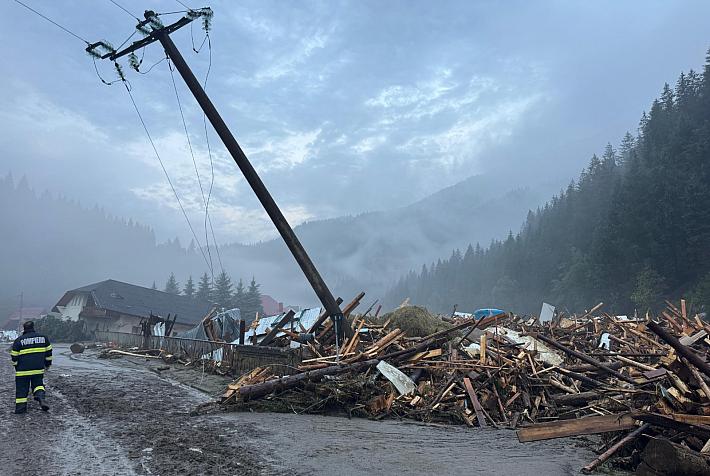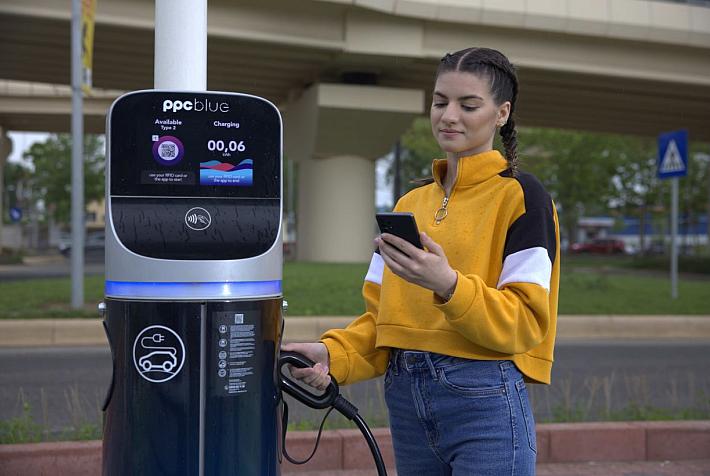Romania, second most polluted country in Europe with PM2.5

Romania is the second most polluted country in Europe and on 6th place globally when it comes to average PM2.5 levels. PM2.5 refers to particles as small as 2.5 microns in diameter; a typical human hair measures around 70 microns in diameter.
The ranking was made as part of the first Global Connected Air Quality Data project, the largest study of indoor air quality globally. The project studies indoor air quality information collected by more than 2.5 million Dyson Purifiers from 2022 to 2023 to landscape air quality in real homes across the world.
While the data is based on homes with Dyson Purifiers and as such is not nationally representative, the volume of data reaches into the tens of billions of data points and paints a picture of indoor air quality in cities and countries globally beyond the scale that has been achievable to date.
The project focuses on two types of pollutants – PM2.5, and Volatile Organic Compounds (VOCs).
PM2.5 refers to particles as small as 2.5 microns in diameter; a typical human hair measures around 70 microns in diameter. These particles are invisible to the naked eye, can be inhaled, and are an area of increasing scientific and health research. Sources include combustion – wood burners, or gas cooking and heating – pollens, pet dander, and dust. VOCs are gas pollutants including Benzene and Formaldehyde which can be emitted from activities like cleaning or cooking as well as from products including deodorants and body sprays, candles, furniture, and furnishings.
A number of adverse health effects have been associated with exposure to both PM2.5 and PM10. For PM2.5, short-term exposures (up to 24 hours) were associated with premature mortality, increased hospitalizations for cardiac or pulmonary causes, acute and chronic bronchitis, asthma attacks, emergency room visits, respiratory symptoms and restrictions, and days of inactivity. These adverse health effects have been reported mainly in infants, children, and older adults with pre-existing heart or lung disease.
The study gives valuable insight into the real pollution levels in homes across the world. In most nations, interior air pollution is higher than outside air pollution, according to analyses of P.M2.5 (fine particulate matter) values.
In Romania, air pollution is a serious problem, and the national and international authorities impose increasingly strict standards, to reduce the degree of air contamination. Ten months out of the year have more interior air pollution than outside air pollution in Romania, where indoor pollution is generally lower than outdoor pollution. May is considered to be the month where indoor pollution is highest, compared to outdoor pollution.
Romania is the sixth country - above France, Germany, and the UK - that has indoor PM2.5 air quality that is above the WHO’s yearly norm. Turkey, which is rated third in EMEA, is the country with the lowest ranking.
Globally, the winter season is the most polluted, according to statistics from Dyson purifiers. When it comes to air pollution in Romania, November is the most polluted month. In January, March, and November–December, the national average data surpasses the WHO recommendation by four times, peaking at 3.5 times higher.
When looking globally at the data from Dyson-connected purifiers throughout 2022, there are some unexpected outcomes when ranking countries on their average PM2.5 level. Romania is the second most polluted country in Europe, ranking 6th place globally, after Turkey which ranks first place in Europe and 3rd place from all analyzed countries.
Italy is placed globally on 9th and Poland on 10th. Austria sits in 11th and Spain 14th. The UK (23rd) outranks the United States (27th), Canada (28th), and Australia (29th), but Germany and France rank higher, at 20th and 22nd. India and China occupy the top two spots, likely due to the relationship between indoor and outdoor air quality.
Indoor PM.5 annual averages in all countries studied exceeded the WHO annual guideline for PM2.5 (5 µg/m 3) – India by 11 times, China by 6 times, Turkey and UAE by 4 times, and South Korea, Romania, Mexico, Hong Kong SAR, and Italy by 3 times.
When the P.M 2.5 values of the countries are analyzed annually, Romania is among the 10 countries with the highest values together with India, China, UAE, South Korea, Turkey, Mexico, Hong Kong SAR, Italy, and Poland, and ranks 6th.
According to Dyson Purifiers, European nations had the highest yearly VOC (volatile organic compounds) levels in contrast to PM2.5. Volatile organic compounds are irritating substances, present in the breathable air, which pollute the air and can cause adverse reactions such as headaches, respiratory problems, allergic reactions, etc. Austria is at the top of the list, followed by Germany, Romania, Poland, Switzerland, and Turkey.
Indoor PM2.5 levels peaked in 30 of the 37 nations where the study was conducted in the evening and night when most people are at home instead of at work, school, or some other location. A major factor in the community studying air quality is exposure, which is the measurement of air pollution concentration over time. In most regions, peak hours were from 6 p.m. until midnight, although in South East Asia (Thailand, Philippines, India) the most polluted hours fall between 7 a.m. and midday.
(Photo source: Inquam Photos | Octav Ganea)












